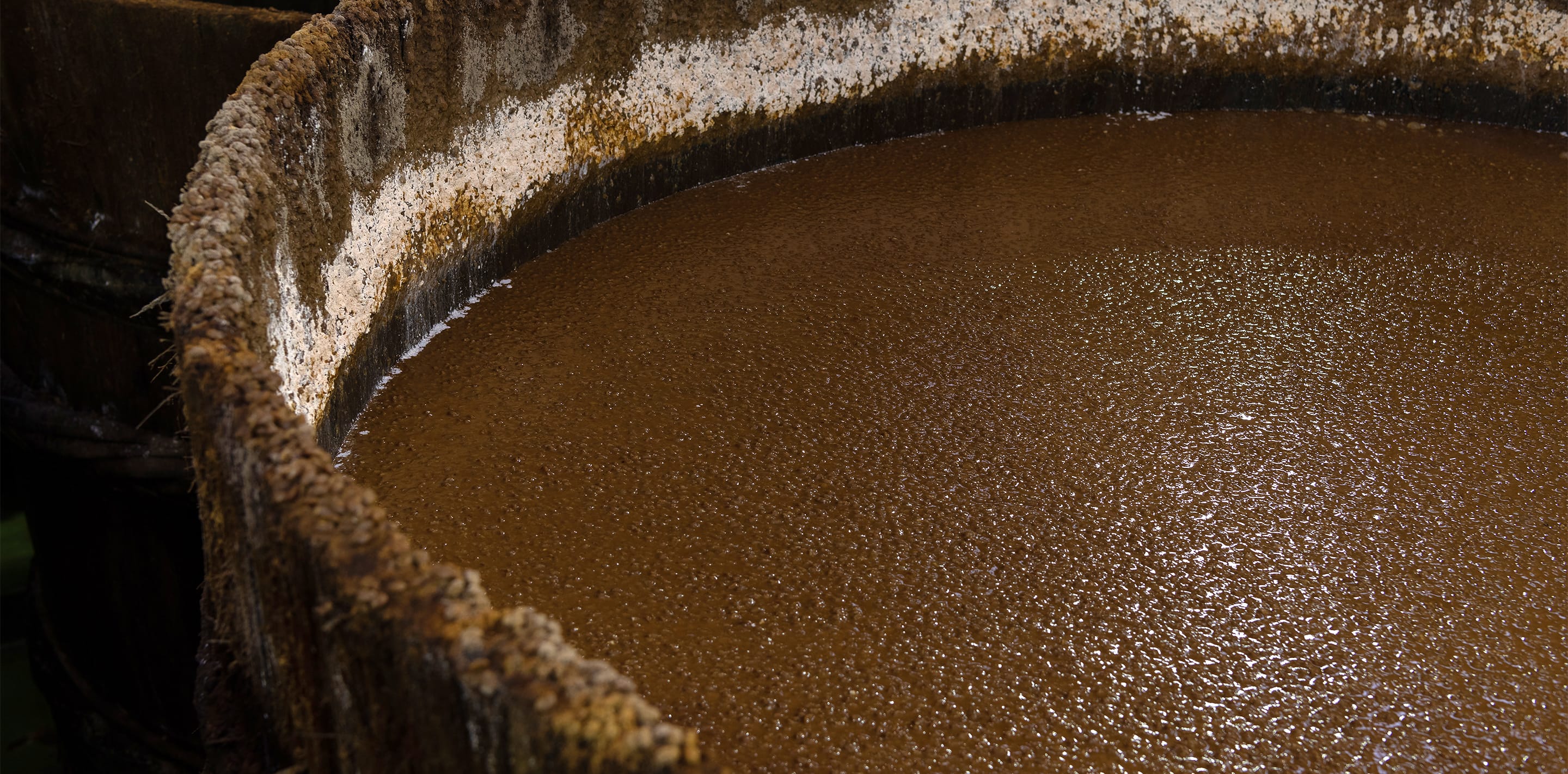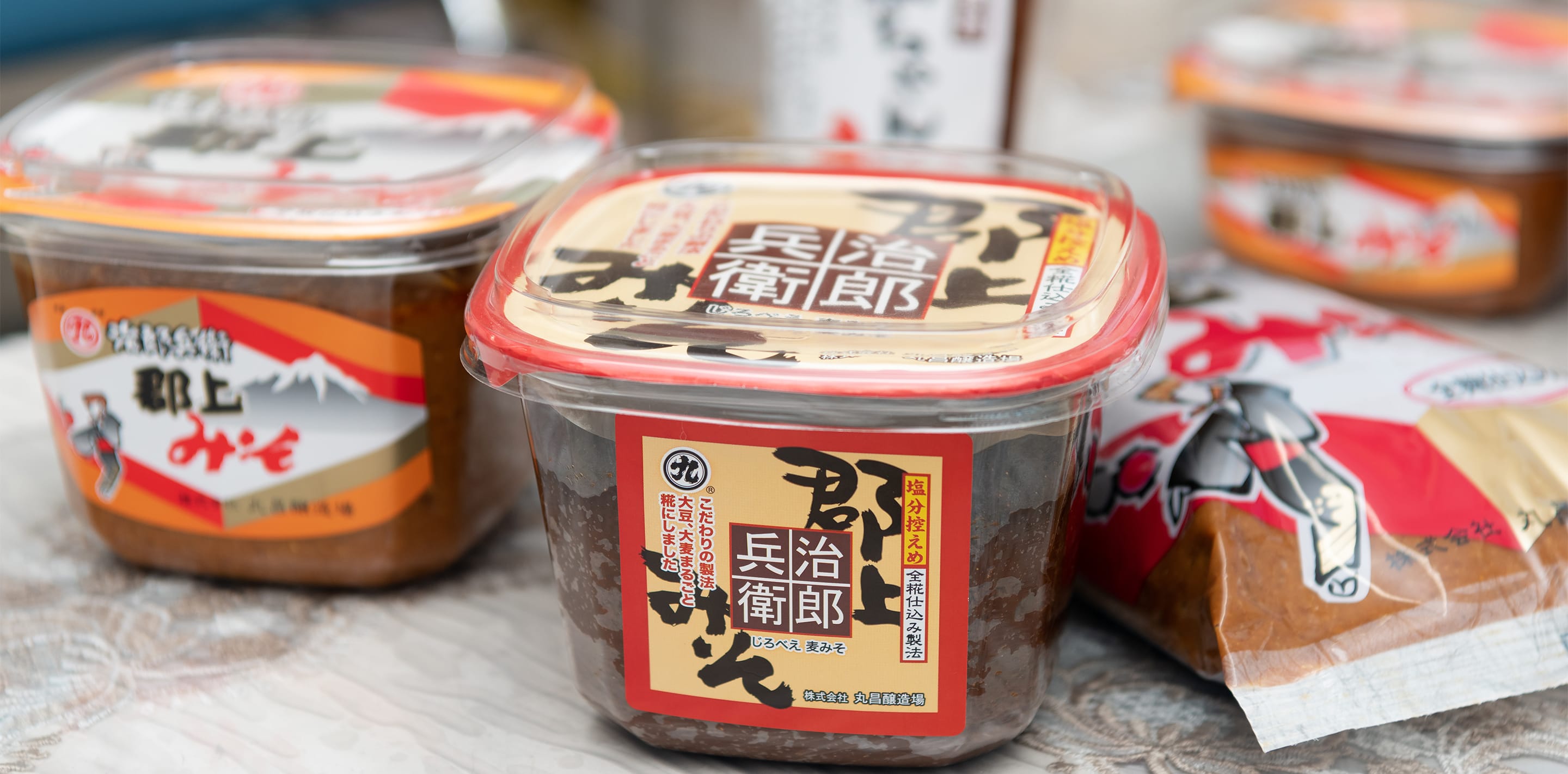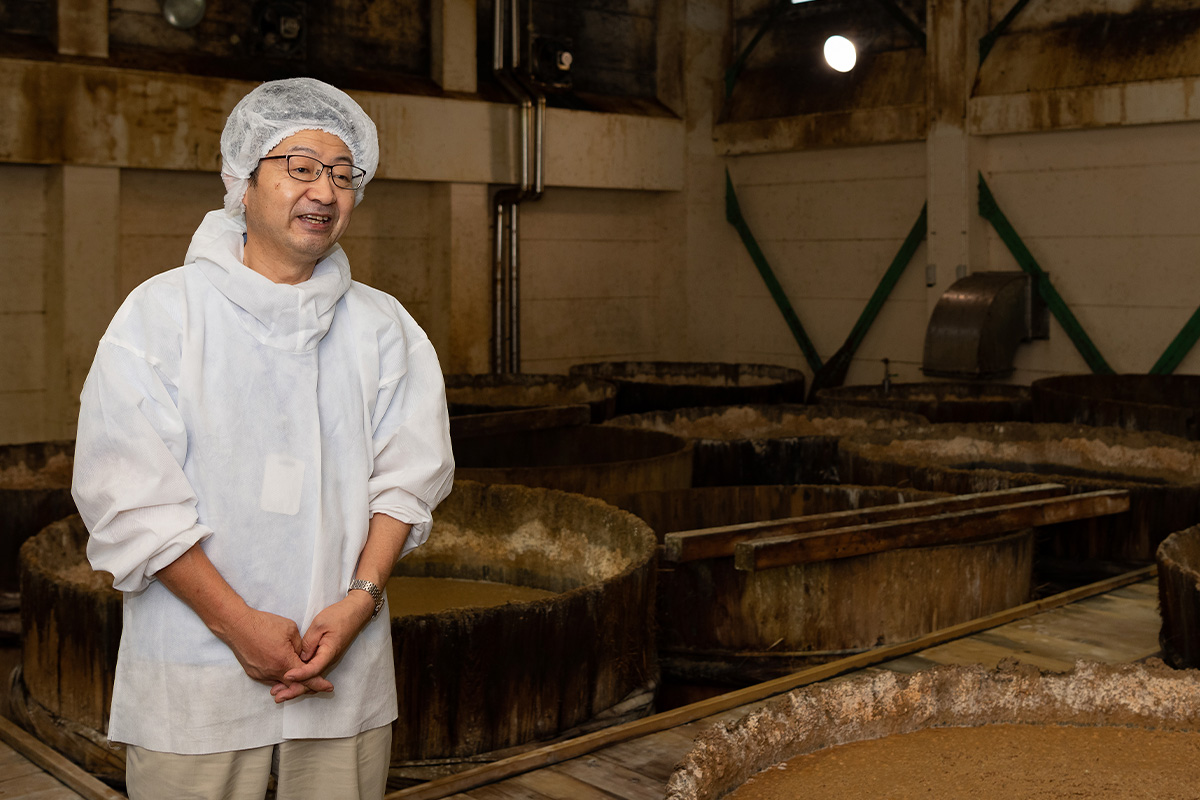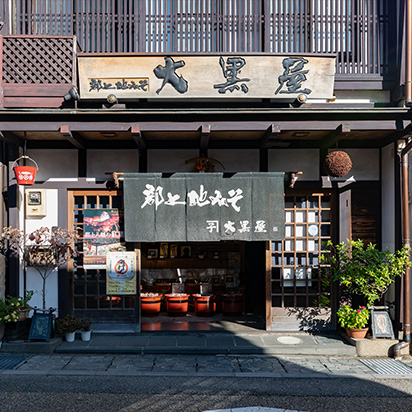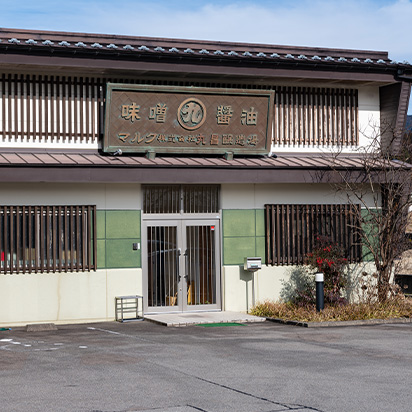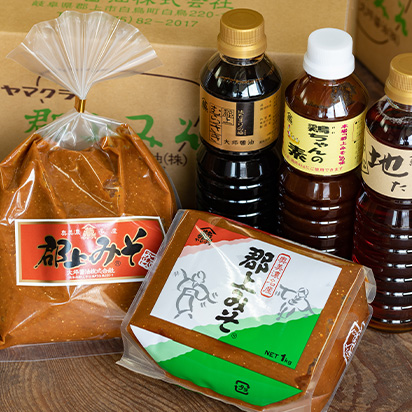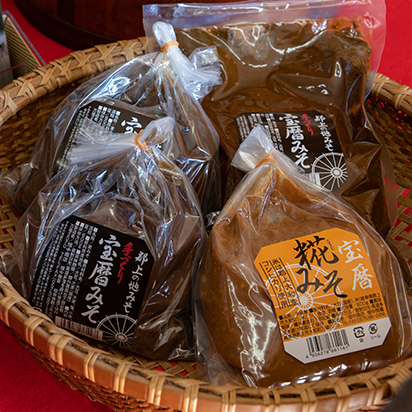Miso & soy sauce

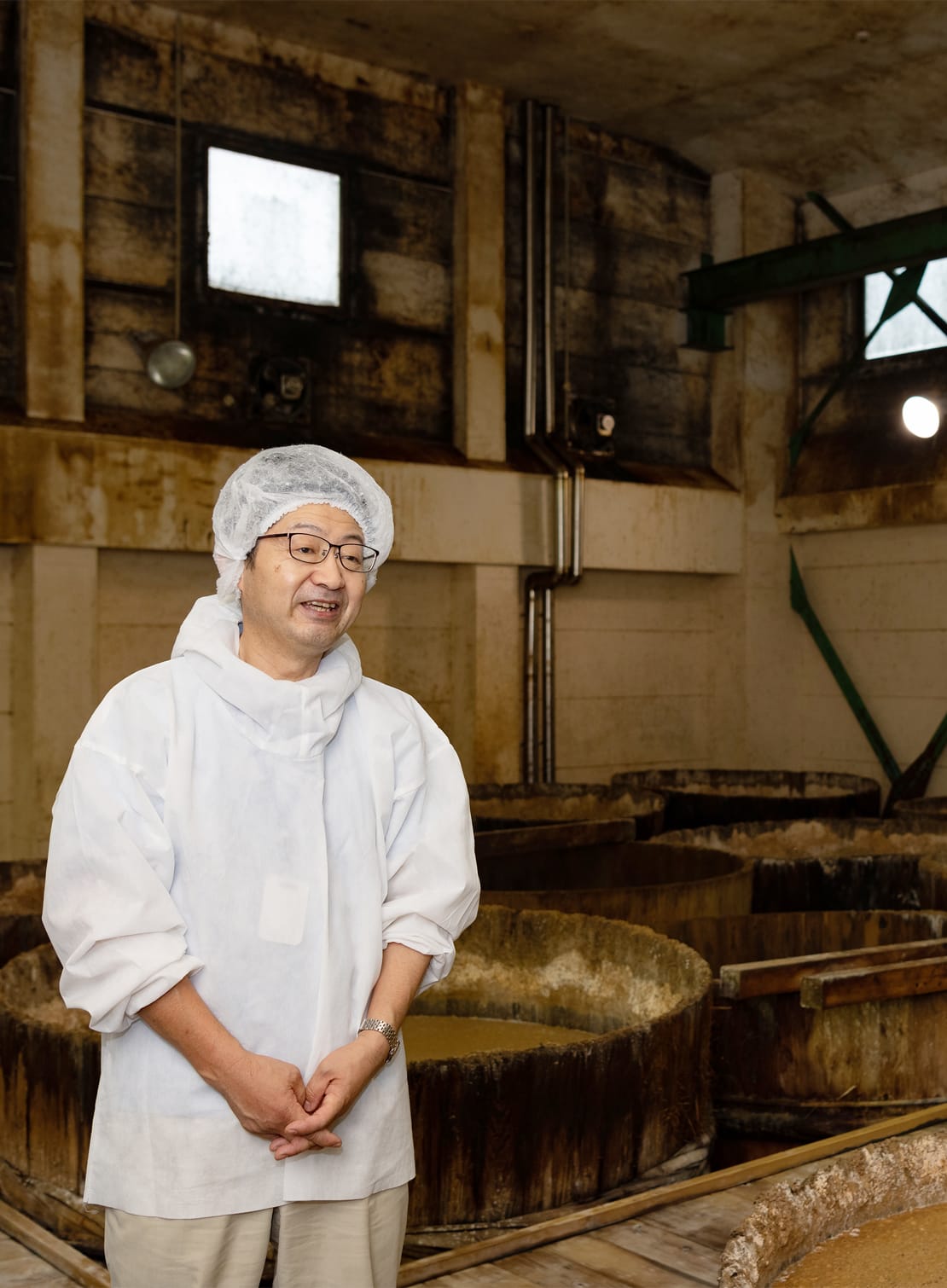



Gujo miso & soy sauce
passed from ancient time
Gujo has been making local miso at home using soybeans and barley from the past. Miso is brewed in the coldest season with the least germs. Due to the deep snow in Gujo, each household brought soybeans and barley together and take turns making miso overnight. Prepared miso will be ready after brewing for a whole year. Eating miso made in the previous year and wait for new miso to be made. It is how Gujo miso is made.
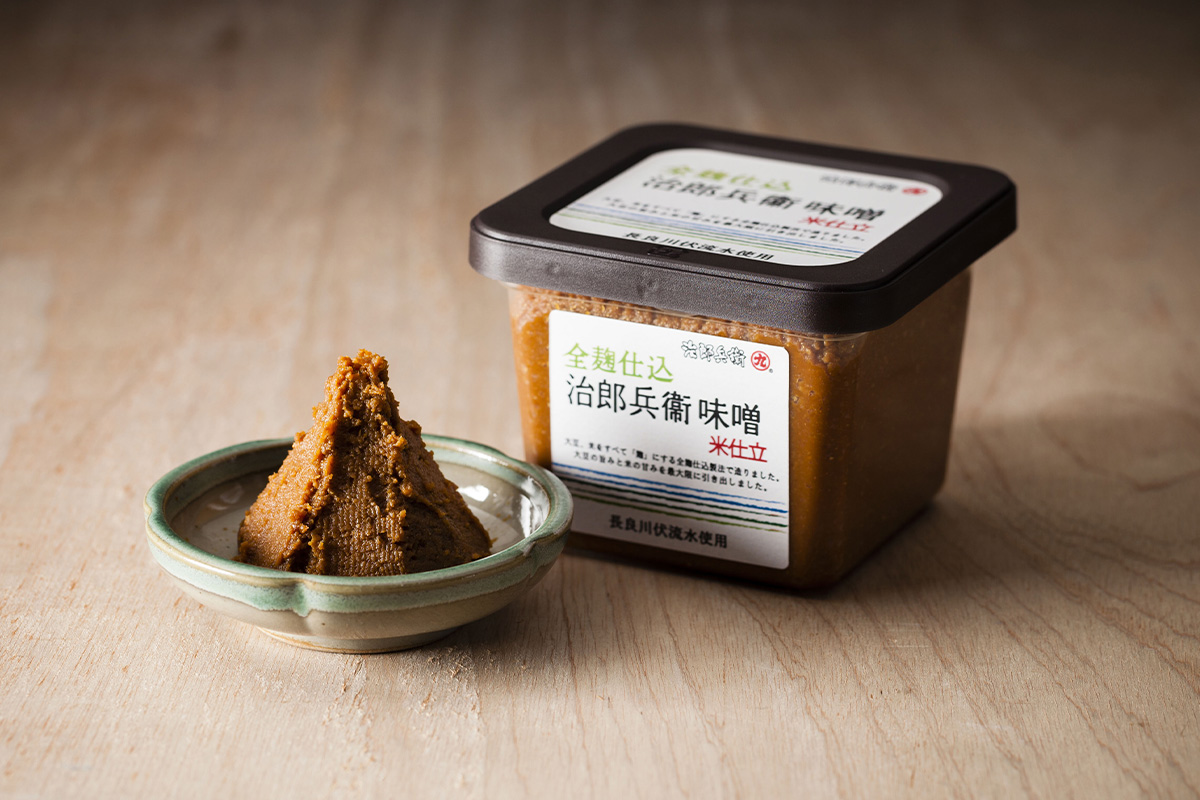
This local miso has a unique texture does not like neither red miso nor white miso. Since soybeans and barley are brewed as “Koji”, the texture of soybean grains is rough, and it has a simple but strong flavor that cannot be found anywhere else. Another major feature is Tamari soy sauce, which has a rich flavor. As it is dissolved in miso, so it has a softness in between of miso and soy sauce.
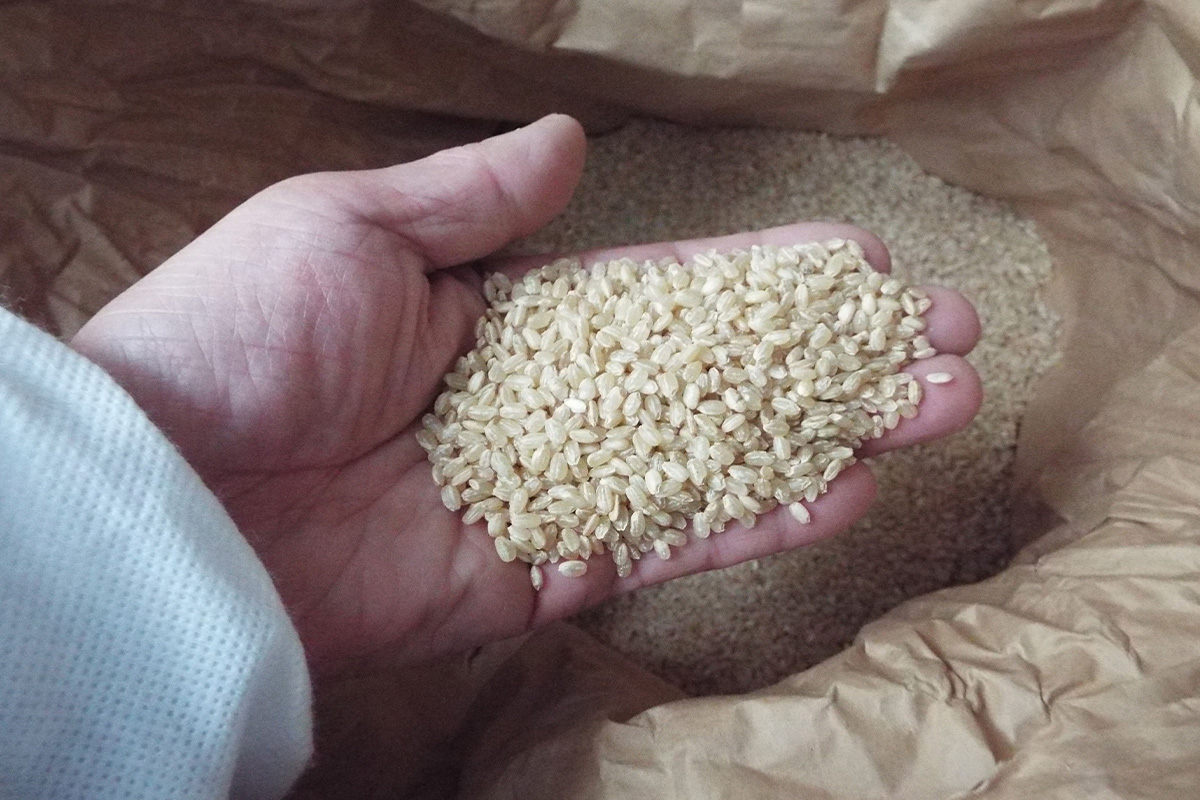
“I think Gujo’s local miso is a food culture of mountain villages that still remain in Gujo. Generally, beans miso has a good taste but has a little scent, and wheat miso has a strong scent. Because Gujo miso brings out the deliciousness of both beans and wheat, it has a rich flavor and scent.” Said Mr Shigeki Wakimoto, the CEO of Marusho Jozojo (Marusho Brewery), which has been making miso for over 110 years since it was founded in 1910. “Water is also important for fermentation. In Gujo, soft water of Nagaragawa River system is used to make miso, so the taste is mellow. You may be surprised by soft and strong flavor of Gujo’s miso when you first try it. It is also used in miso soup fried food and Kei-chan (Stir-fried chicken with miso sauce). As food becomes more delicious, so once you taste it, you will surely become addicted to it!”


